Homemade Mayo is easy to make and tastes so much better than store-bought.
Mayonnaise might seem like a simple condiment, but it’s one we all have strong feelings about. Whether you’re loyal to a store-bought brand or love the rich flavor of homemade, everyone has their favorite mayo.
Some like it tangy. Others prefer it silky and mild. And some of us wouldn’t dream of making a sandwich without it.
But here’s the thing—making mayonnaise from scratch is easier than you think. You don’t need fancy tools. You just need a few ingredients, a little technique, and a couple of minutes. That’s it.
This recipe gives you creamy, flavorful mayo that’s fresher than anything from the jar. You’ll know exactly what’s in it.
No fillers. No preservatives. Just pure, spreadable goodness.
Once you try it, you might never go back. And if you’re picky about your mayo, even better. This homemade version lets you adjust the taste to your liking—more lemon, less mustard, thicker, lighter—it’s all in your hands.
So grab your whisk or blender. Let’s make mayonnaise the way it was meant to be. Fresh, fast, and full of flavor.
Homemade Mayonnaise Recipe
Ingredients
- 1 large egg yolk at room temperature
- 1 pinch salt
- 1 teaspoon sugar
- black pepper use white if you don’t want black specks in your mayonnaise
- 2 teaspoons lemon juice
- 1 teaspoon vinegar or 1 teaspoon cold water
- 1 cup neutral oil
- 1 teaspoon Dijon mustard optional – adds flavor and helps with the emulsion
Instructions
- Mix yolk, salt, sugar and pepper together until well blended and yolk lightens in color.
- Mix in the vinegar, lemon juice and water (Dijon mustard if using)
- While whisking constantly, drizzle in the oil very slowly. Begin with just a drop or two at a time. Once you have added about half the oil, you can add it in a very thin stream. Keep whisking the entire time you are adding the oil.
- When finished, the mayonnaise will not be as thick as store bought mayonnaise. Let it sit, refrigerated, for at least half an hour.
- Stir, and taste for seasoning. If necessary, whisk in a pinch more salt, sugar or another teaspoon or so of vinegar. Wait before tasting because it takes awhile for the salt to dissolve into all of the oil.
Notes
Ways to Use Mayonnaise
| Use | Description | Why It Works |
|---|---|---|
| Sandwich Spread | Spread on bread for sandwiches and burgers. | Adds moisture, flavor, and a creamy texture that complements meats and veggies. |
| Salad Dressing Base | Blended with vinegar, herbs, or mustard for creamy dressings. | Acts as an emulsifier, giving dressings a smooth, rich consistency. |
| Potato Salad and Pasta Salads | Mixed into cold salads for flavor and binding. | Holds ingredients together while adding a tangy creaminess. |
| Cole Slaw | Used as a base for creamy slaw dressings. | Balances the crunch and sharpness of cabbage with a smooth texture. |
| Dip Base | Combined with herbs, garlic, or spices for dips. | Creates a flavorful, thick base that clings to veggies or chips. |
| Burger or Fry Sauce | Mixed with ketchup, mustard, or hot sauce for condiments. | Enhances flavor and adds creaminess without overpowering other ingredients. |
| Grilled Cheese Helper | Spread on bread instead of butter before grilling. | Creates an ultra-crisp, golden crust and adds subtle tang. |
| Baking Ingredient | Used in cakes or breads to boost moisture. | Eggs and oil in mayo enhance tenderness and richness. |
| Marinade or Binder | Coats proteins before roasting or grilling. | Seals in moisture and helps seasonings stick to the surface. |
| Deviled Eggs Filling | Mixed with yolks and seasonings for the filling. | Gives a smooth, creamy texture with tangy balance. |
Using Kitchen Gadgets
You can also make mayonnaise in a blender, immersion blender, stand mixer, or by hand using a balloon whisk. The procedure is the same:
Blender Mayo
If you do not own a food processor, using a blender is the next best way to make a cup or so of mayonnaise.
Put egg yolk, salt, sugar, pepper and vinegar in the blender container. Put on the lid, taking out the plastic plug in the center.
Turn the blender on medium speed. Once the egg yolk is light in color, begin adding the oil, a couple of drops at a time.
Once half the oil is incorporated, add it in a thin stream. You might need to scrape the blender container one or two times with a rubber spatula to make sure that all the ingredients are emulsified.
Immersion Blender Mayo
A good method to make mayonnaise very quickly since the powerful blades of an immersion blender emulsify the oil and vinegar almost instantly.
Put all the mayonnaise ingredients in a tall, narrow container, such as a straight-sided beaker.
Insert the immersion blender right down to the bottom of the beaker. Turn it on high, and very slowly raise it to the top of the beaker. Instant mayonnaise.
Stand Mixer Mayo
Use this method to make large quantities of mayonnaise. You will probably need at least four yolks since stand mixers are designed so that the attachments don’t touch the bottom or sides of the bowl.
Put egg yolk, salt, sugar, pepper and vinegar in the bowl of your stand mixer. Using the whip attachment, whip egg yolk mixture on medium-high speed until light in color.
Add the oil, a drop at a time, until you have incorporated half. Then, add the rest of the oil in a thin stream.
Balloon Whisk Mayo
Since you control the whisk, this is a good method to use if you just want a small amount of mayonnaise. You can whisk in all directions, making sure that even ¼ cup worth of mayonnaise is nicely emulsified.
Do use handmade mayonnaise right after making, since the emulsion is not quite as stable. There is no way for a human arm to break the fat into droplets as small as a mechanical device can (unless you have a bionic arm).
Put egg yolk, salt, sugar, pepper and vinegar in a large metal or glass bowl. Use a bowl that is much bigger than you think you will need to give you plenty of room to whisk.
Whisk yolk mixture until light in color. Add the oil, a drop or two at a time. Whisk each addition of oil until it is emulsified before adding more.
Plain Mayonnaise? Not Very Exciting…
As I mentioned earlier, you can make endless mayonnaise variations by either adding in ingredients during the initial blending or by stirring in ingredients after the fact. In general, stir in ingredients with texture—capers, fresh herbs, chopped pickle or onion, etc—after you make the base mayonnaise.
There are two reasons for this: a) you want these ingredients to stay “chunky,” and they certainly won’t if you use a food processor, blender or immersion blender to make your mayonnaise. b) you don’t want any “chunky” ingredients to interfere with your emulsion.
Here are some ideas for mayonnaise additions. This is by no means an exhaustive list. Consider it a jumping off point for your own ideas.
| Ingredients to Add with the Yolks | Ingredients to Mix Into Finished Mayonnaise |
|---|---|
| Curry powder | Relish or finely chopped pickles |
| Cayenne pepper | Dill (fresh or dried) |
| Old Bay or Crab Boil | Cilantro (fresh or dried) |
| Chili powder | Basil (fresh or dried) |
| Any flavor of mustard | Fennel fronds |
| Your favorite hot sauce | Sage (fresh or dried) |
| Soy sauce | Oregano (fresh or dried) |
| Reconstituted wasabi powder | Thyme (fresh or dried) |
| Lemon juice (substitute for vinegar) | Minced onion |
| Flavored salts (smoked or truffle) | Minced roasted garlic |
| Garlic paste | Capers |
| Finely minced or Microplaned lemon zest | Green peppercorns |
| Chopped peppers or chilies | |
| Prepared horseradish |
What About Aioli? Isn’t That Just Like Mayonnaise?
Traditionally, aioli is made with minced garlic and extra virgin olive oil. Many chefs in restaurants serve “garlic aioli” as a dipping sauce, but if they only stirred some minced garlic into some mayonnaise, it’s just a flavored mayo.
Aioli sounds more “classy” than mayonnaise, so many chefs use the term on their menus, even if they aren’t making it with pricey extra virgin olive oil.
To make a classic aioli, use 1 egg yolk and 1 teaspoon of minced fresh garlic to one cup of extra virgin olive oil. You can season it with a bit of lemon juice, salt and pepper.
Do I Have to Use Plain Oil? Boring!
You can use any type of oil that you’d like. Using a neutral vegetable oil will allow any other ingredients to shine as it takes a background position, but feel free to experiment with using a peppery extra virgin olive oil or even one of the flavored oils that are available now, such as lemon or hot pepper.
You do not only have to use one type of oil, either. Experiment with using different proportions of neutral oil to flavored oil. Use oils with a very assertive flavor, such as toasted sesame oil, as an accent only.
Popular Brands of Commercial Mayonnaise
| Brand | Flavor Profile | Country of Origin |
|---|---|---|
| Hellmann's (Best Foods) | Creamy, slightly tangy, balanced | United States |
| Kewpie | Rich, umami, slightly sweet, eggy | Japan |
| Duke's | Tangy, bold, no sugar | United States |
| Heinz | Classic, slightly sweet, smooth | United Kingdom |
| Blue Plate | Rich, slightly tangy, creamy | United States |
| Sir Kensington's | Natural, tangy, artisanal | United States |
| Kraft | Mild, slightly sweet, familiar | United States |
| Naturalia | Organic, subtle, fresh | France |
| Thomy | Egg-rich, creamy, mild spice | Switzerland |
| Calvé | Balanced, creamy, mild tang | Netherlands |

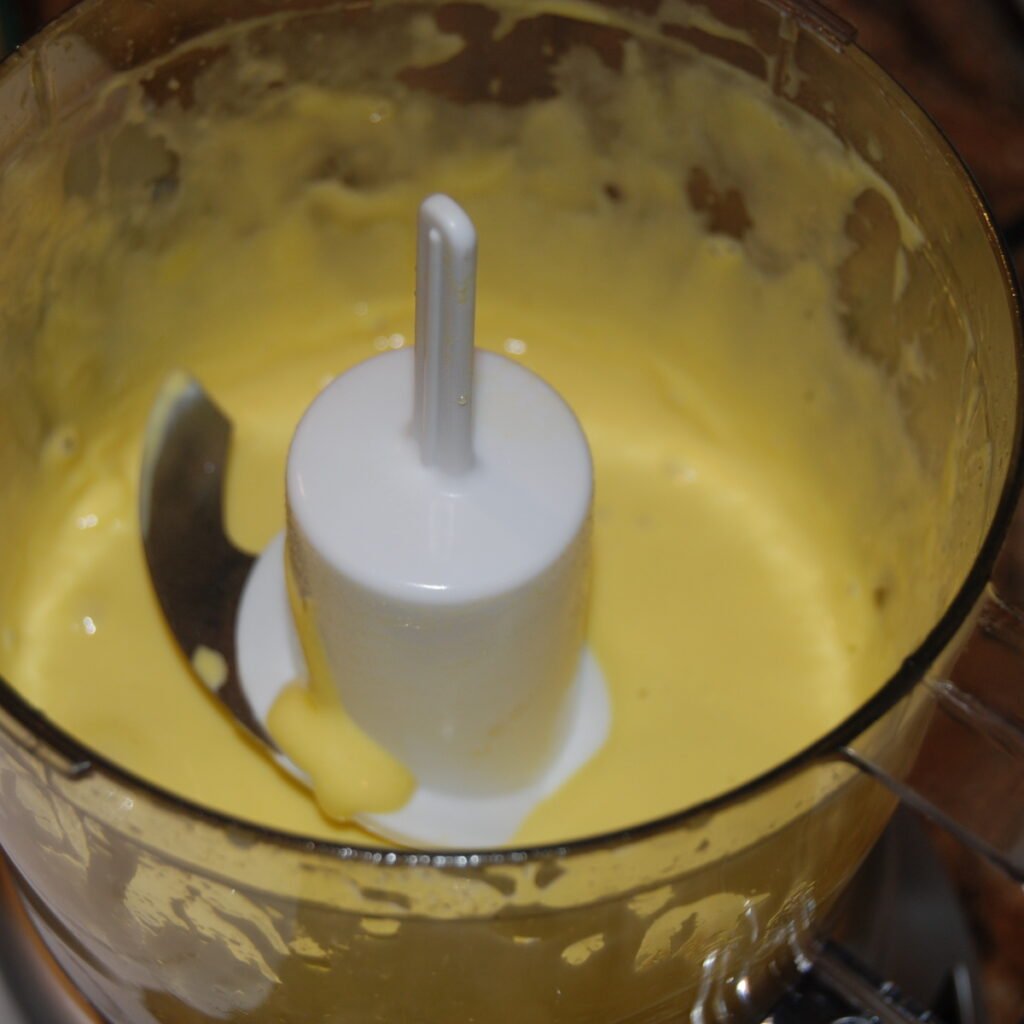
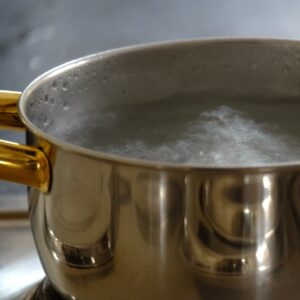
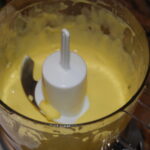
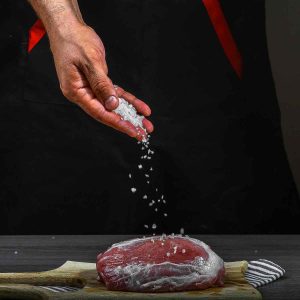


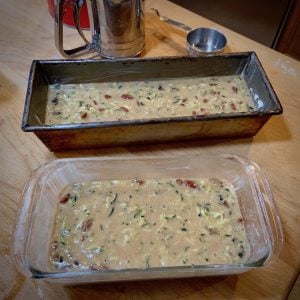

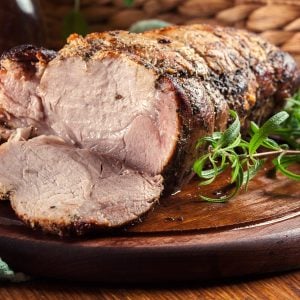
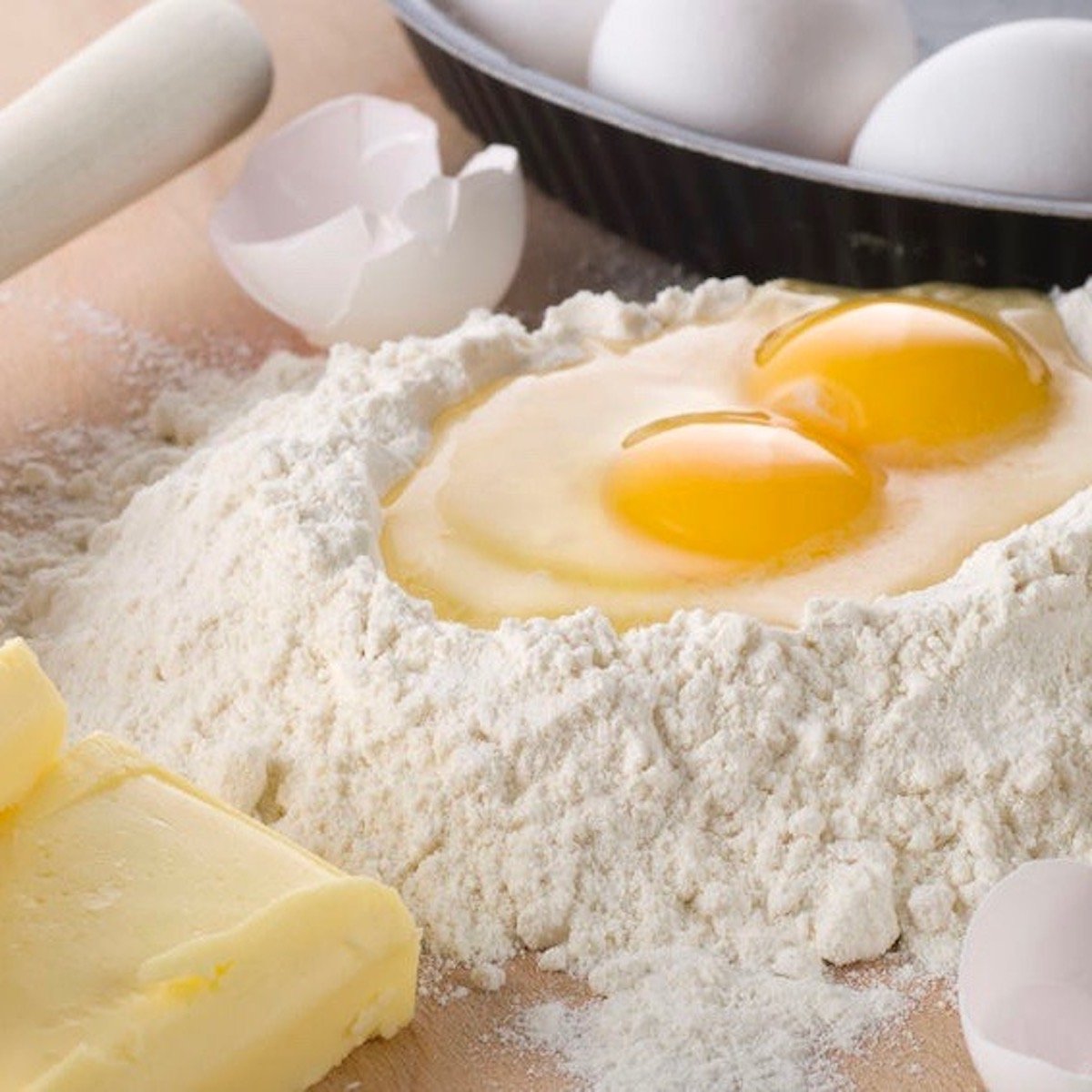
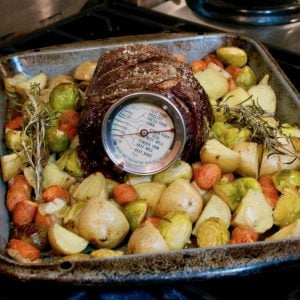


10 Responses
You reference adding sugar into the blender recipe, but you did not include a suggested amount.
Oops, my mistake and one I’ll fix right away. You can add about 1 teaspoon of sugar or a bit more if you want something more like a Miracle Whip Salad Dressing.
amazing!!!!!!!!!!!wanna try it out….
Mustard is a MUST if you want to make mayo at home.
I made it with a whisk for the first time today and it went well.
It tastes a lot like what you get in Kewpie Japanese mayo, which I love much better than other commercial mayos.
I made one batch of mayo decades ago and it turned out well. I realized I was out of mayo as I was making a sandwich this noon. I started to mix the ingredients for the yolk mixture in a bowl and it just coated the bowl, so I transferred it to a blender. The blade barely touched it. I then added the other ingredients (including water and lemon juice) as instructed. Finally I added the oil VERY slowly.
Unfortunately, it curdled. I must admit the egg yolk was from the refrigerator, as I was in the middle of making the sandwich. I put it in the refrigerator. Maybe it will recover.
Making Mayo absolutely requires all ingredients to be at room temperature. I often will stand a cold egg in a cup of warm water to bring the temperature up if I am in a hurry.
But..
If your mayo does split, it is easy enough to fix.
Start with a new egg in a clean bowl and s little oil to get the emulsion going, once this has happened, slowly add the split mayonnaise. It should all come together nicely.
Try this! Easy and worth the extra effort
it helped me in my mothers cooking shop
You don’t mention using a hand mixer as an option. Would this also work? Seems like a good option for smaller batches and the mayo would be more stable than using hand whisk.
Hi Lori, yes a hand mixer would be a great option. Just be careful not to overwork the oil and egg yolk. I have prepared homemade olive oil in a food processor and overworked it to the point where I had to throw it out and start over.
What setting do you need to put the processor on? I have a low and a high. Thank you